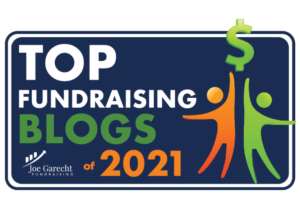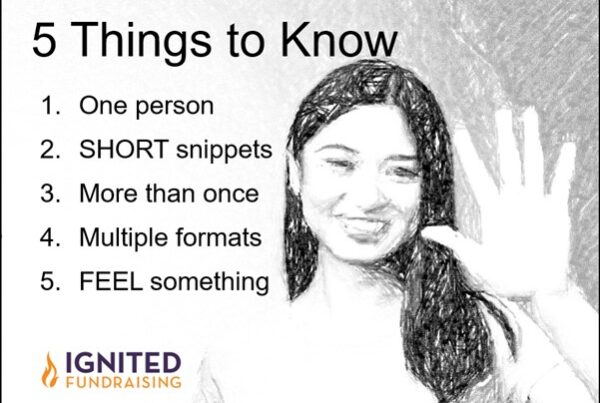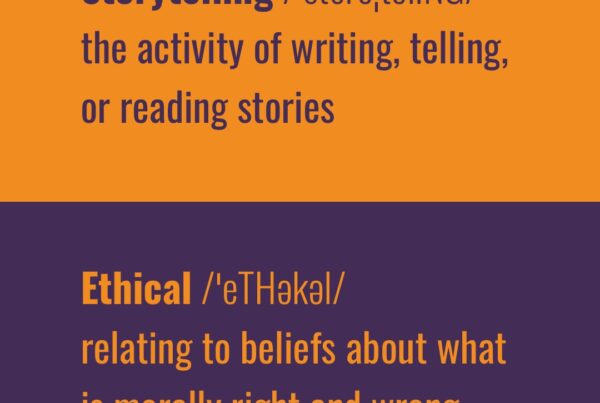During my first Live Stream workshop on Advanced Storytelling we had hundreds attend from around the world…thank you! And a special thank you for dealing with the technical difficulties. We learned a LOT about how to make this a smooth experience for you next time.
There were many great questions asked during the live stream. I’m inspired by your passion to be the best fundraisers you can be. Since you asked such great questions, I’ll be answering them today and through the coming weeks. Today I’ll start with defining and sharing your “money story.”
Your money story or your “funding gap” is: What you project in expenses for the year, minus what you have received to date from individual contributions, corporations, foundations, United Way, ticket sales, fees, government, and other known sources.
Q1. Does “funding gap” sound like jargon to the average listener or reader?
A1. Yes! Great that you are asking this. You want to define this term for people when you use the words ‘funding gap.’ Let them know you will now be sharing your “money story” more regularly. And then take just a moment to define it in your own words. One example: It’s the difference in funding from where we are now to where we must end the year.
Q2. Does the funding gap translate to an “aspirational” budget: meaning that the year is planned around money we hope to earn, rather than money we already have?
A2. Your gap is what you must raise to meet all of your expenses AND any other plans for the year. What it takes to get from where you are TODAY in your outside funding support, to where you MUST BE to end the year in the black. So, in some organizations this might feel like an aspirational goal if you’ve added some new programming or a new position into the mix.
Many organizations make changes to the budget throughout the year to balance their budget so they feel like they DON’T have a funding gap to talk about. The reality is you always have a gap in what you must raise until you have reached all your fundraising goals for the year; which for many organizations is in the final weeks of the calendar or fiscal year.
So, if you have an appeal that has not been mailed yet, a fundraising event not yet held…while you may have budgeted for those to raise something…the amount you expect to raise is a part of your “funding gap” or money story. The more you can show the community that there is more to do WHILE you keep them emotionally connected to your people stories…the faster you can raise the dollars required to close your “gap.”
Q3. If I’m raising money for scholarships, we would give out as much as is raised. . . how do you know the funding gap then?
A3. Ah yes. This is where the sense of urgency tends to drop off the radar. I believe and coach organizations to always set an annual goal for funds to be raised, even if you are in an education foundation setting where you give away what you raise.
The questions I would ask you:
How many scholarship applications do you receive each year?
What percentage are you able to fund?
What % of scholarships is your board, staff and foundation leadership willing to commit to funding?
Once you have the answers to those questions you can now figure out your “funding gap” or money story. It will now be a story that has urgency and specific impact. To be most effective, combine your money story with a story of a real person who will get a scholarship or someone you won’t be able to provide a scholarship for due to lack of resources.





